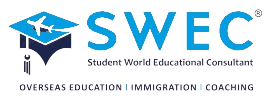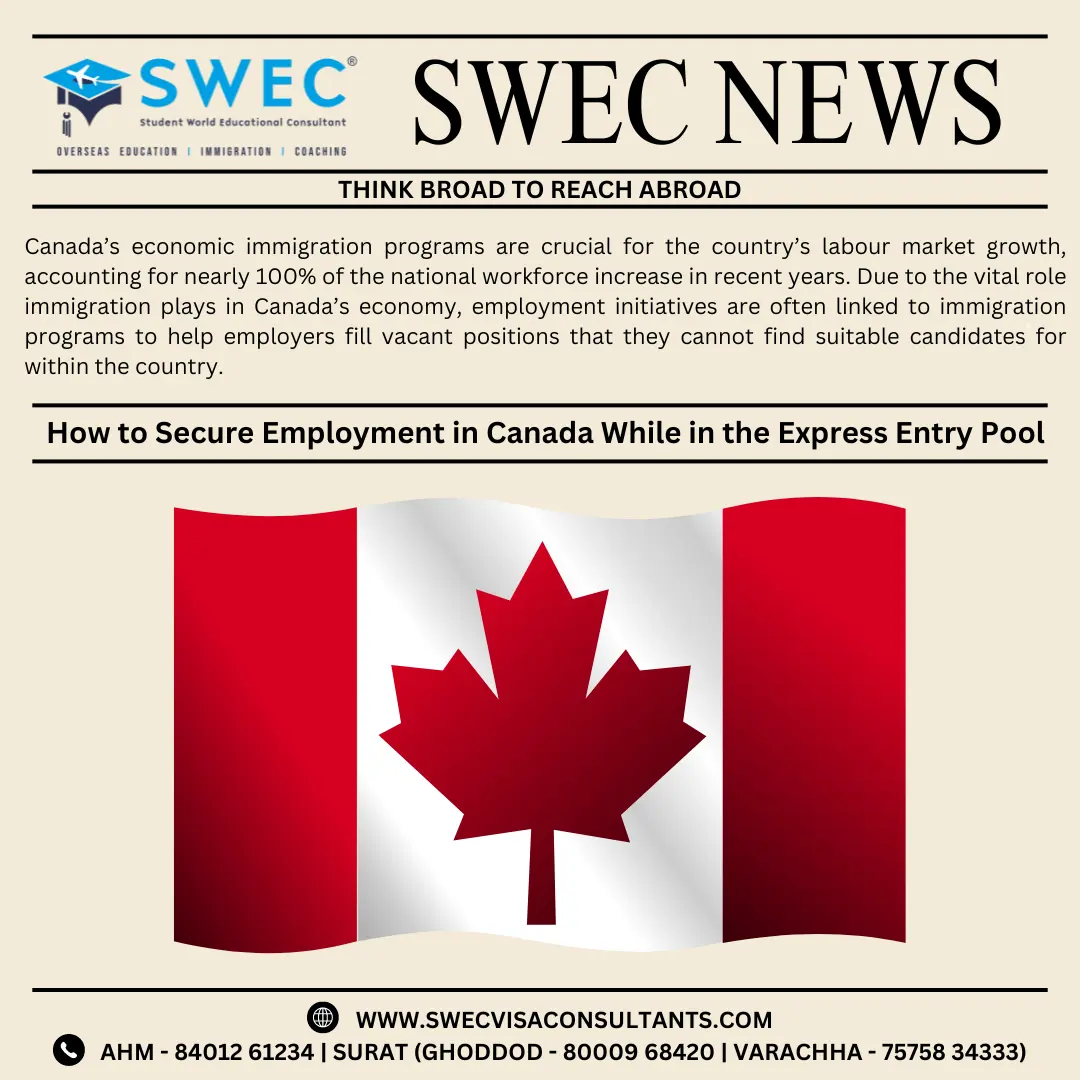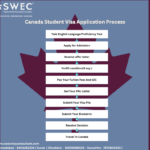Canada’s economic immigration programs are crucial for the country’s labor market growth, accounting for nearly 100% of the national workforce increase in recent years. Due to the vital role immigration plays in Canada’s economy, employment initiatives are often linked to immigration programs to help employers fill vacant positions they cannot find suitable candidates for within the country. One key example is the ability of employers to hire candidates within the Express Entry candidate pool.
When Do Employers Hire Through the Express Entry System?
Employers must meet specific criteria and adhere to Immigration Refugees and Citizenship Canada (IRCC) standards before they can hire a foreign national in the Express Entry pool. Specifically, employers must:
- Ensure the Position Qualifies as Skilled Work:
Skilled work includes jobs classified under Canada’s TEER (Training, Education, Experience, and Responsibility) system as categories 0, 1, 2, or 3 of the National Occupation Classification (NOC). - Prove Inability to Fill the Job Domestically:
This includes providing evidence that they have advertised the job posting on the Government of Canada’s Job Bank website and in two other places.
How Do Employers Hire Through Express Entry?
To find candidates and make job offers through Express Entry, Canadian employers use the “JobMatch” feature of the National Job Bank. This federal platform offers job postings alongside various employment-related services and resources, such as career planning tools and labor market information.
With the Job Match feature, the system pairs an employer’s job posting with profiles that match the job description. Employers can then choose whether to consider these candidates for the position. Note that the Job Match feature considers all individuals within the Job Bank system—not just those in the Express Entry pool.
Labour Market Impact Assessment (LMIA)
If an employer decides to hire a foreign national within the Express Entry pool, they may first require a Labour Market Impact Assessment (LMIA). An LMIA is a government assessment that determines the impact of hiring a foreign national on the Canadian labor market. The document must return a positive or neutral result to support the hiring process. There are conditions under which an LMIA is not needed.
Once an LMIA has been procured (if required), the employer must make a valid job offer to the candidate under Express Entry standards.
How Can Newcomers Be Considered For Jobs While In The Express Entry Pool?
Newcomers in the Express Entry pool looking to use the “JobMatch” feature of the Job Bank must:
- Have a Valid Express Entry Profile: This includes a profile number and a job seeker validation code.
- Create a Job Match Account: This is separate from a Job Bank account, though the services fall under one umbrella. The Job Match platform will prompt users to enter their Express Entry information when creating a profile.
Setting Up Your Job Match Account
To use the Job Match feature, newcomers should:
- Set Up Both Accounts: Connect their Express Entry and Job Match accounts.
- Be Matched with Job Postings: Once connected, they will be matched with job postings within the Job Bank. Note that Express Entry candidates will only be shown job postings advertised on the Job Bank for over 30 days.
Individuals who encounter problems connecting their Express Entry and Job Match accounts should follow the steps outlined on the government’s dedicated webpage.
For more information on the Job Match feature and to sign up for the service, visit the Government of Canada’s Job Bank website here.
Conclusion
Navigating the Express Entry pool and connecting with Canadian employers can significantly increase your chances of securing employment in Canada. By ensuring your profile is up-to-date and utilizing the Job Match feature, you can position yourself effectively within the Canadian job mark
Frequently Asked Questions about the Express Entry Pool
Q1. What is the Express Entry pool?
Ans1. The Express Entry pool is a database of candidates who have applied for immigration to Canada through one of the economic immigration programs. The Canadian government uses it to manage and process applications for permanent residency.
Q2. How do I get my profile into the Express Entry pool?
Ans.2 To enter the Express Entry pool, you must first create an Express Entry profile online. This profile will include details about your skills, work experience, language ability, education, and other personal information. If you meet the eligibility criteria, you will be placed in the pool.
Q3. What is the TEER system?
Ans.3 The TEER (Training, Education, Experience, and Responsibilities) system is used in Canada’s National Occupation Classification (NOC) to categorize jobs based on the skill level required to perform them. It helps determine whether a position qualifies as skilled work.
Q4. Do all job offers through Express Entry require an LMIA?
Ans.4 Not all job offers through Express Entry require a Labour Market Impact Assessment (LMIA). Some jobs are exempt from the LMIA process under specific conditions outlined by the IRCC.
Q5. How do I connect my Express Entry profile with the Job Match feature?
Ans.5 To connect your Express Entry profile with the Job Match feature, you need to create a Job Match account and enter your Express Entry profile number and job seeker validation code. This will allow the system to match you with relevant job postings.
Q6. What should I do if I don’t receive a job seeker validation code?
Ans.6 If you do not receive a job seeker validation code after submitting a valid Express Entry profile, you should contact Immigration Refugees and Citizenship Canada (IRCC) for assistance.
Q7. How long are job postings visible to Express Entry candidates in the Job Bank?
Ans.7 Express Entry candidates will only be shown job postings that have been advertised on the Job Bank for over 30 days.






